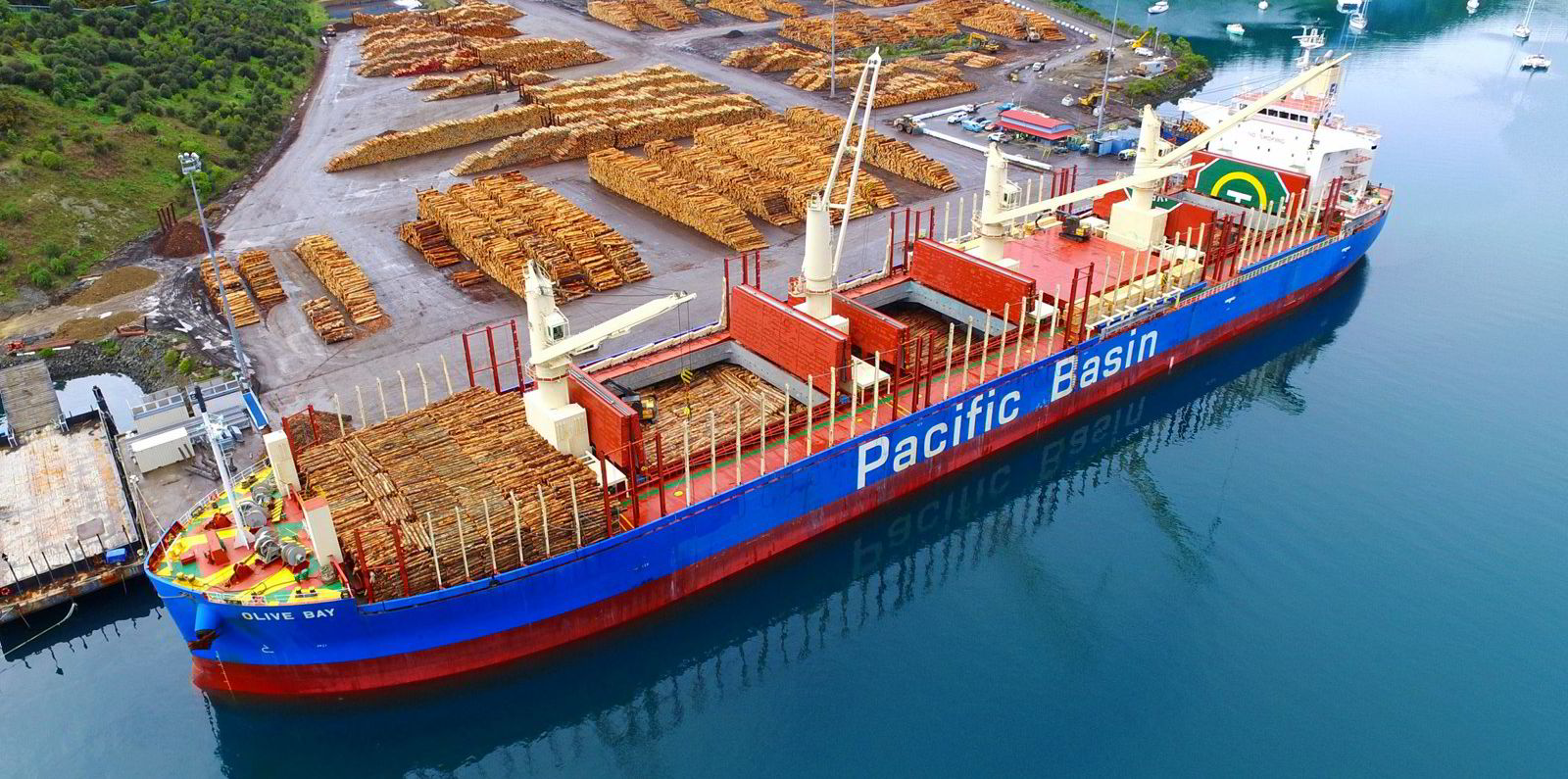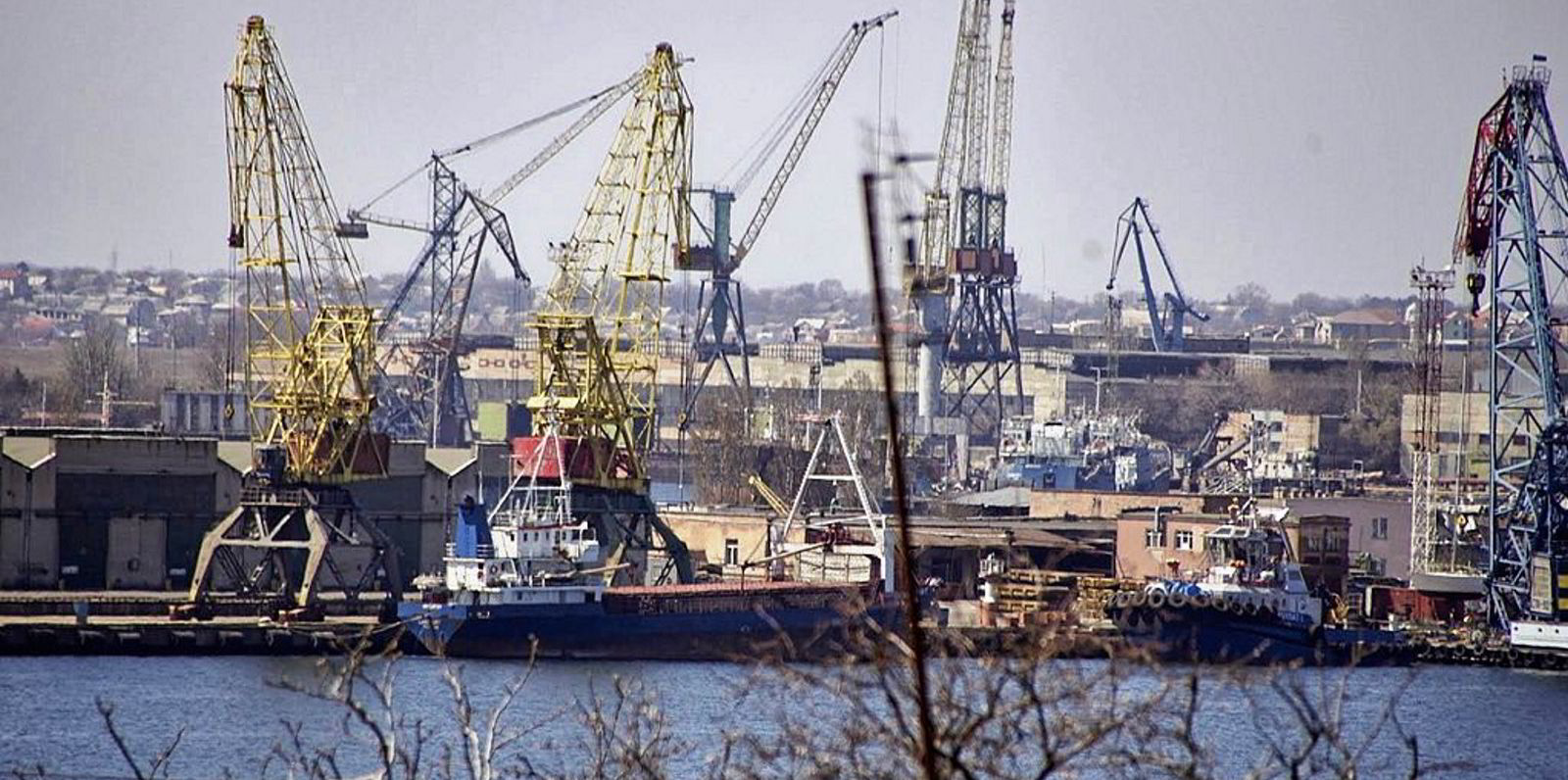The first six months of 2022 has generated Pacific Basin Shipping’s best-ever interim result, mostly on the back of earnings generated by its supramax bulkers.
The Hong Kong-headquartered company celebrated the news by declaring a special dividend of HKD 0.17 ($0.02) per share, on top of its interim dividend of HKD 0.35.
The bulker owner-operator recorded net profit before tax of $466m during the first six months of 2022, up from nearly $161m in the same period last year.
“Our results benefited from significantly higher average TCE [time-charter equivalent] earnings compared to the same period last year, strong operating activity results, and a competitive cost structure,” chief executive Martin Fruergaard said in Pacific Basin’s interim report.
“We continued to significantly outperform the market index rates, especially in our supramax business, which delivered an exceptional performance over the period.”
Fruergaard pointed to an “exceptionally strong” 48% return on equity in Pacific Basin’s $0.953 earnings per share for the first six months, up from $0.34 in the same period in 2021.
Pacific Basin currently owns 117 handysize and supramax vessels. Including chartered-in ships, its fleet stands at around 240 ships.
Vessel earnings
Revenue for the first six months grew to $1.72bn, up from $1.14bn in the first half of 2021.
This came as the result of big year-on-year increases in average daily TCE earnings for Pacific Basin's vessels.
Its supramax bulkers' average net earnings were $33,840 per day in the first half of 2022, up by 85% compared to the same period last year.
Its handysizes generated 83% more than they did last year, with average net TCE earnings of $26,370 per day during the first six months of 2022.
Pacific Basin attributed the growth in earnings to firming supply-demand fundamentals.
Minor bulk loading volumes worldwide grew approximately 9% in the first half compared to the same period last year.
This growth was driven by an increase in construction materials, especially cement, clinker and aggregates, for which loadings were up 8% year on year, Pacific Basin said.
This growth in cargo supply outstripped the net growth of the global dry bulk fleet, which increased by 1.5% during the first six months of 2022, down from 1.9% during the period last year. This was mainly due to slowing newbuilding deliveries, Pacific Basin said. The global fleet of handysize and supramax vessels grew by 1.6% in the first half of this year.

Pacific Basin said its operating margins varied during the period but remain “historically high”.
Its vessel operating activity contributed $30.7m of revenue and generated a margin of $3,330 net per day over 9,200 operating days in the first half of 2022.
Outlook
Looking ahead, Pacific Basin expects a slightly softer second half of the year in comparison with the first six months.
“In light of a softening global economy, we expect dry bulk demand in the second half to moderate somewhat from recent highs but remain relatively firm mainly due to seasonal factors in the grain market, elevated coal demand for electricity production and continued investment in global infrastructure,” the company said in its report.
“Changes in trade flows caused by the conflict in Ukraine have positively impacted tonne-mile demand for some commodities to date, but we continue to monitor the impact that the conflict might have as we come close to the typical Black Sea grain export season.”
The company also noted that any revival of the Chinese economy would drive dry-cargo transportation demand.
“The low orderbook coupled with IMO [International Maritime Organization] regulations to reduce carbon intensity likely resulting in slower speeds and increased scrapping from 2024 onwards, bodes well for the long-term health of the dry bulk market,” the company added.
The company said it is still out to acquire “high-quality, modern” supramaxes in the secondhand market. It will also aim to sell its older and less-efficient handysize bulkers, which will be replaced with younger and larger handysizes.
Pacific Basin sold five of its older handysizes during the first half of 2022 and took delivery of an ultramax bulker it purchased last year.
“We expect our vessel purchasing activity to be less than last year as asset prices have approached historical highs, though we remain opportunistic where we see attractive secondhand acquisition opportunities,” the company said in its report.






